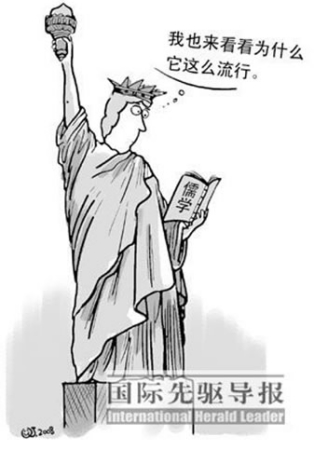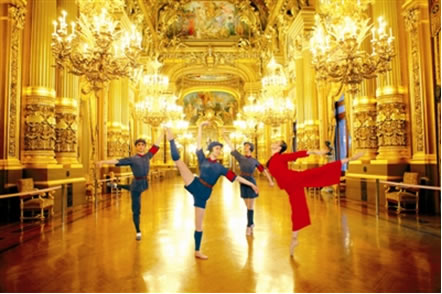
文明冲突(civilization conflict/ Huntington defines eight major civilizations: (1) Western - which includes Western Europe and North America; (2) Slavic-Orthodox; (3) Islamic - which includes three subdivisions: Arab, Turkic and Malay; (4) Latin American; (5) Hindu; (6) Confucian; (7) Japanese; and (8) African。
Huntington says that "The fault lines between civilizations will be the battle lines of the future." He continues, "Over the centuries ... differences among civilizations have generated the most prolonged and the most violent conflict" [2] - more so even than ideological conflict. The reason? - because differences between civilizations "... are far more fundamental than differences among political ideologies and political regimes ..."[3] And the evidence for Huntington's assertion is easily discernible in what's going on in the former Yugoslavia. Indeed, it's only in "civilization" (or religious) terms that any sense can be made of the alliance structures that have grown up as a result of the conflict: Germany, France and Austria (and, as a result, the E.C。) favor Slovenia and Croatia (which are Catholic and Western Christian); Russia and the "Eastern Slavs" favor Serbia (which is - like the rest of the Slavic states - Orthodox); and Turkey and Iran favor the Muslims of Bosnia (which are Islamic). Indeed, the Balkans have been a tinderbox of conflict for hundreds of years precisely because they lie at the convergence of three major civilizations (or religions) and the cultures which these religions undergird: Western Christianity (Slovenia, Croatia, etc。); Orthodox Christianity (Serbia, Bulgaria, Russia, etc。); and Islam (Turkey, Albania, etc。)。
I think, we're in a New Axial Age. The idea of Axial Age was proposed by German philosopher Karl Jaspers (1883-1969), defined as around 500 B.C. when great thinkers appeared almost simultaneous in Ancient Greece, Israel, India and China, contributing their original ideas to the problems concerning the existence of human being. Distinctive cultural traditions were then formed respectively by Socrates and Plato in Ancient Greece, Lai-zi and Confucius in China, Sakyamuni in India, and Jewish prophets in Israel, which, after more than two thousand years of progress, have become the principle part of human intellectual wealth. These local cultural traditions were independent in birth, without mutual influence. "Until today mankind has lived by what happened during the Axial Period, by what was thought and created during that period. In each new upward flight it returns in recollection to this period and is fired anew by it. Even since then it has been the case that recollections and reawakenings of the potentialities of the Axial Period - renaissances - afford a spiritual impetus." For example, the Europeans in Renaissance had recollected the origin of their culture, Ancient Greece, which had fired anew the European civilization and left its mark on global culture. Similarly, the Song and Ming Neo-Confucianism in China was stimulated by the impacts of Indian Buddhism; the Confucian thinkers, by "recollecting" Confucius and Mencius in pre-Qing Period, had promoted the ingenious Chinese philosophy to a new height. In a certain sense, the contemporary progress of global cultures might be a new leap on the basis of Axial Age. Has the contemporary human culture created, or will create, a New Axial Age then? -- Judged from certain evidences, it might be。

